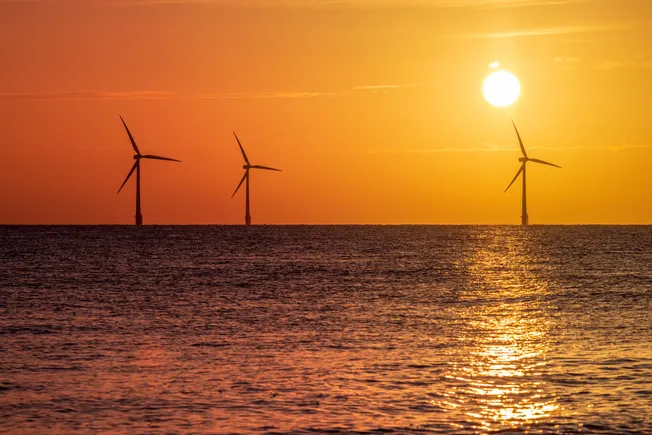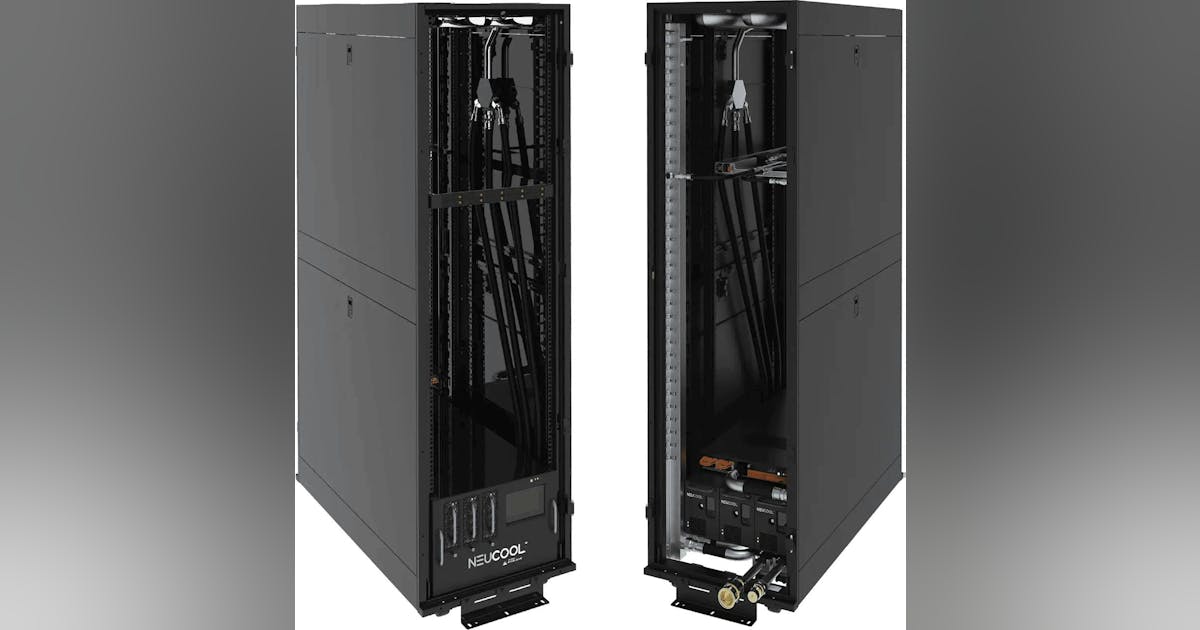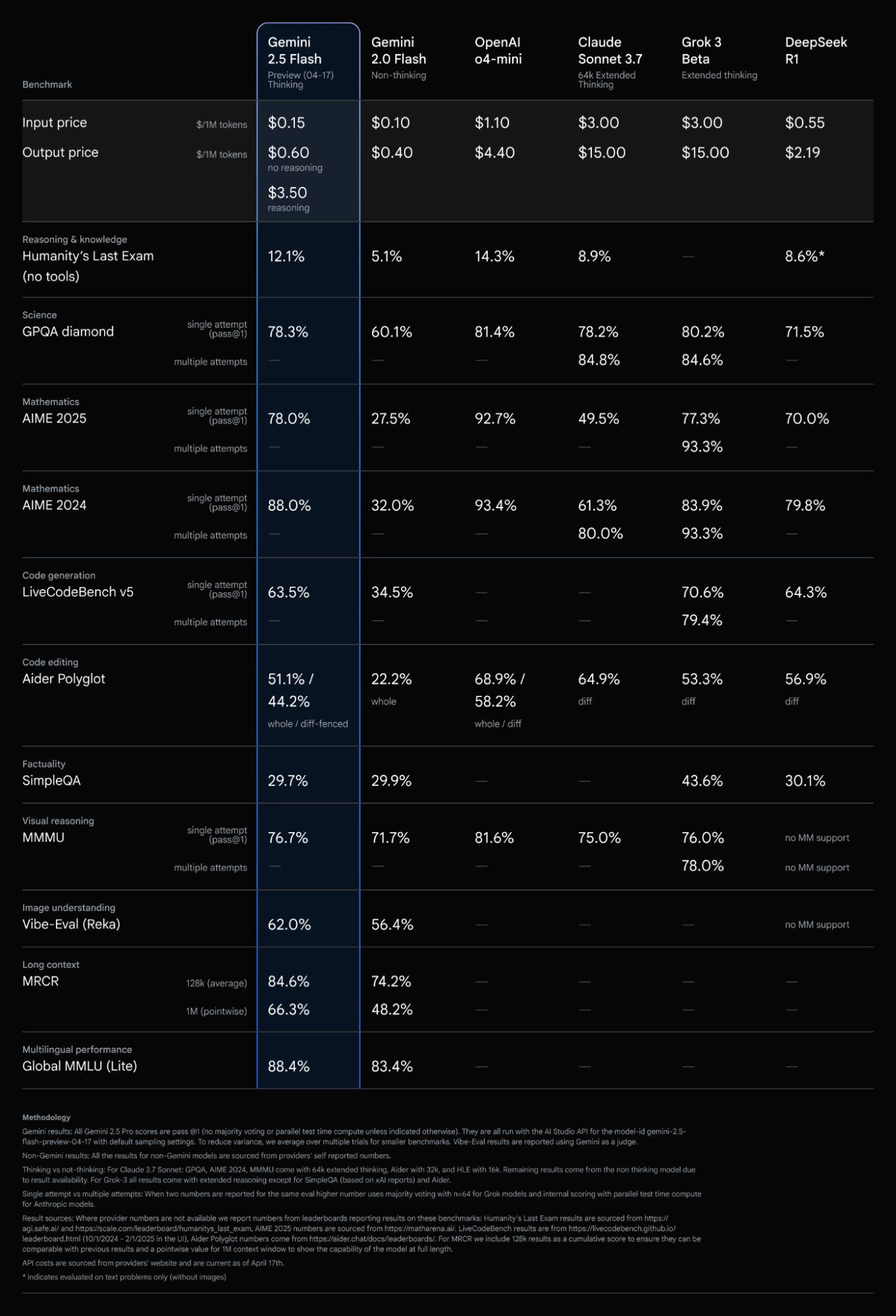While the letter from the big hitters of renewable energy to Messrs Starmer and Swinney did not quite threaten an investment strike if they do not get their own way on zonal pricing, its language came pretty close to it.
That highlights the extent to which the offshore wind revolution is less a smooth-running transition than a procession of carts before horses which nobody seems to be in control of.
Money is being poured into infrastructure, which, if the zonal pricing missive means what it says, may be redundant.
Without projects, there will be no need for pylons or interconnectors.
That is the extreme end of potential “consequences” but the fact that such a scenario exists confirms how back-to-front the whole ScotWind business has been.
The words “potentially halt” are not some flight of fancy on my part.
They are in the letter sent to the Prime Minister and First Minister by such luminaries as Scottish Power, SSE and EDF, not to mention trade bodies Scottish Renewables and Renewable UK, with a couple of unions thrown in.
“At a crucial time for deployment and investment”, the letter says, “market stability and a clear line of sight is essential. Zonal pricing would send a contradicting signal to strategic energy planning already underway … It would introduce widespread risk and uncertainty, driving up the cost of capital and wiping out any theoretical system benefits and savings for consumers”.
Then the killer line: “This would hinder, or even potentially halt, investment by further compounding the barriers projects continue to face, particularly in Scotland” by “making these projects unviable”.
And who is going to invest in projects that are “unviable”?
It sounds like the energy giants are making both governments an offer that they are unlikely to refuse – do what we say or risk the ScotWind round turning into a debacle that fails to deliver.
The other possibility is that they do not mean what they say and that while they would hate zonal pricing, they’ll live with it if required.
But how long is this game of hardball going to continue?
 © Supplied by AGCC
© Supplied by AGCCAt the same time, Octopus Energy continues to proclaim to anyone who will listen that zonal pricing could give Scottish consumers “the cheapest electricity in Europe”.
This will, at some point, turn this into a huge political issue.
If Ofgem (and by association the UK Government) comes out against zonal pricing, the cry will go up of Scotland being denied its rightful inheritance.
This sounds like meat and drink for the SNP.
So, should we expect the Scottish Government’s wholehearted support for zonal pricing? Well, not really.
There is no more powerful lobbying group in the Holyrood firmament than our two energy multinationals, and the threat of them leading a charge to cast doubt over the ScotWind programme will not be taken lightly.
When the subject was raised at Holyrood, the Scottish energy minister, Gillian Martin, replied coyly: “Some of the arguments for zonal pricing are arguing a bit too much. I am sorry to sit on the fence on zonal pricing, but I need to understand an awful lot more about it and what the alternatives are”.
For SNP Ministers, the fence may be the most comfortable place until someone else makes a decision, which can then be exploited.
That might be clever politics, but it is poor leadership at a time when an answer is necessary that addresses the conundrum – lower bills without deterring investment.
This should have been addressed long ago, and so should other crucial issues.
In a rational world, the ScotWind licences would not have been allocated without reasonable certainty about projects proceeding.
In the old days, that was called “planning” and there was a lot to be said for it.
Now the licences exist and the money has disappeared into the Scottish Government’s coffers.
But all of the “barriers” referred to in the renewables industry letter are still to be overcome.
Each project has to find its way through labyrinths of offshore and onshore planning, often in the face of well-organised resistance and snail-like decision-making in Edinburgh.
Then they have to bid for CfD. And for the time being, we have the zonal pricing elephant – or some alternative which may emerge – in the room.
 © Shutterstock / EyesTravelling
© Shutterstock / EyesTravellingI see this through the prism of Lewis, not least because I live there.
Massive upheaval is in the offing in connection with a 1.8GW interconnector with the mainland, predicated on power to be generated by two offshore windfarms.
The first is to the west of Lewis, where lead developers are the Canadian, Northland Power.
Northland is listed among the signatories to the letter, which talks about projects being “potentially unviable”.
So I asked Northland if the threat to their project is indeed potentially existential – or are they only kidding?
The diplomatic reply said: “We believe a satisfactory solution will be found to enable Scotland to achieve its offshore wind ambitions, including delivery of Spiorad na Mara.”
That is probably what the realpolitik dictates.
But there needs to be long overdue clarity and also some form of recognition that if the generation map of the UK is changing, so too must the pricing structure for businesses and consumers.
Talking vaguely about “alternatives” is not enough.
We now know very clearly what the renewables industry is against.
Maybe they could also tell us what they are in favour of – apart from maximising the proceeds for their shareholders.






















